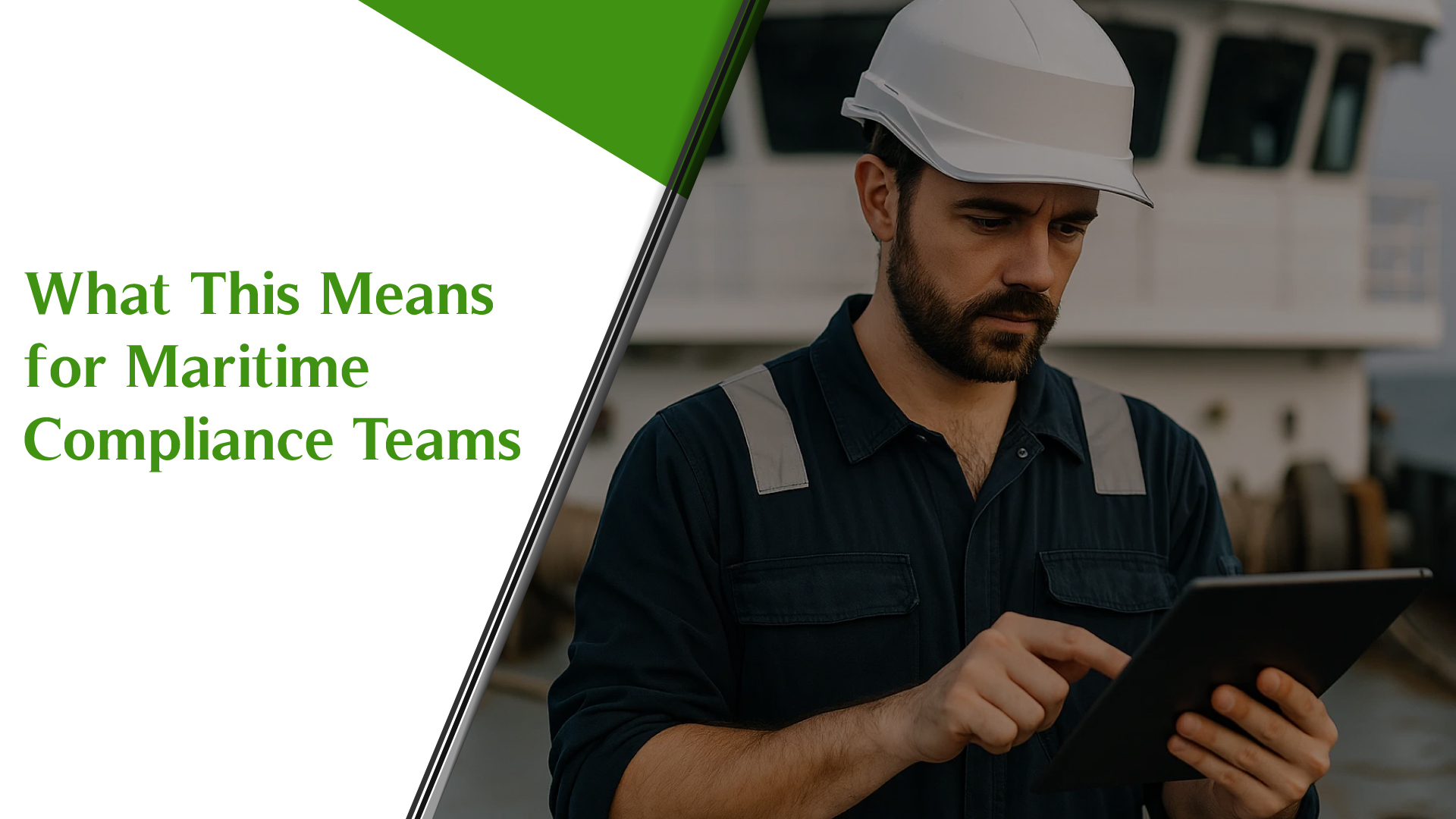
In shipping, few incidents happen in plain sight. When a container is lost at sea, whether during a storm, a lash failure, or a sudden shift in weight, the real danger often starts after it disappears from view.
Beyond the operational loss, drifting containers pose collision risks, leak hazardous cargo, and contribute to long-term environmental damage. And yet, until now, the rules around reporting such incidents have remained fragmented, reactive, and open to interpretation.
That’s about to change.
Following the loss of nearly 3,000 containers between 2020 and 2021, the IMO adopted Resolution MSC.550(108), amending SOLAS Chapter V, Regulations 31 and 32. The new standard, effective January 1, 2026, establishes mandatory, structured reporting for:
This closes a major regulatory gap where previous SOLAS rules required reporting only if a direct danger was perceived, and MARPOL covered only dangerous goods (DGs). Now, every lost or drifting container must be reported, regardless of content.
The amendments introduce a uniform structure for container loss reports, requiring:
Reports must be sent to:
The goal is clear: transform container loss from an “incident report” into a real-time safety and compliance signal.

The implications go far beyond a new checkbox on the bridge.
For crews, it means more structured, immediate action including data capture, external notifications, and coordination with authorities, often under stress.
For compliance teams, it means maintaining clear visibility into what's reported, what’s pending follow-up, and whether internal procedures reflect the new standards.
And for shipowners and operators, it raises the stakes during audits, vetting, and Port State Control (PSC) inspections especially when documentation gaps surface.
Historically, safety and compliance documents, including loss reports, live buried in PDFs, scattered across folders, or siloed in email chains. The result? Missed follow-ups. Incomplete data. Repeat incidents.
This is where digital platforms like NAVIREGO bring value:
We don’t replace your forms but we help your team find, understand, and act on the right information, faster.
To help your team stay ahead of the 2026 changes, we've created a ready-to-use checklist and notification message format based on the SOLAS Regulation V/31 and V/32 amendments.
✅ Helps your crew capture the right info during an incident
✅ Guides follow-up reporting to flag and coastal States
✅ Ensures your reporting stays aligned with the new standard
👉 Download the Checklist & Message Template (PDF)
Use it to update your internal procedures or train crews on the new expectations.
Lost containers are more than data points. Some carry dangerous goods that, if left unreported, can leak into ecosystems or wash ashore. Others drift near traffic lanes and ports, becoming invisible hazards for other vessels.
What starts as a shipping event can become an environmental or legal liability unless the right actions are taken, and recorded, in time.
With greater reporting comes greater accountability but also an opportunity: to strengthen safety culture, streamline workflows, and show insurers and charterers that your fleet runs on foresight, not just paper-exercise.
As the 2026 enforcement date approaches, we’re helping maritime operators get ahead not just with guidance, but with systems that scale.
NAVIREGO enables you to:
No buzzwords. No hype. Just one unified platform to reduce ambiguity, cut lag time, and help your people act before incidents repeat.
📘 Ready to stay ahead of 2026?
Let’s talk about how Navirego can support your safety and compliance goals.
[Contact us] or explore more in our latest regulatory breakdown.